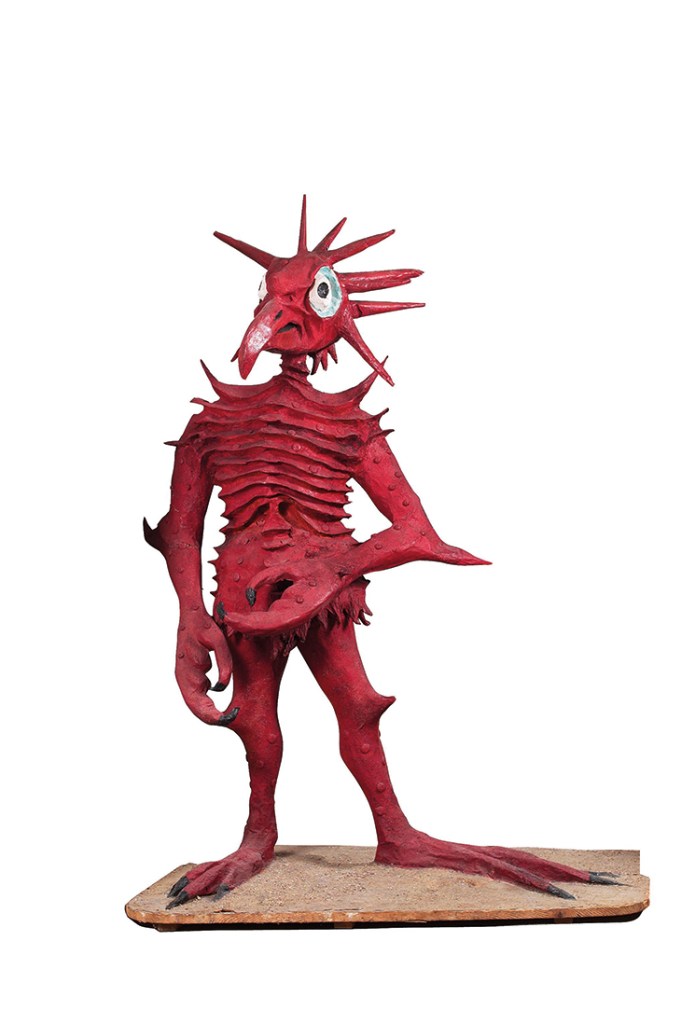
Diana, Princess of Wales, wears Yuki to a banquet hosted by Emperor Hirohito in May, 1986. Image: Pinterest.
Gnyuki Torimaru, or Yuki, is most famous for dressing Princess Diana on her 1986 state visit to Japan. But his licensed sewing patterns date to the year before.
Born in Miyazaki Prefecture, Japan, Gnyuki Torimaru (b. 1937) studied architecture in Chicago before settling in London, where he attended the London College of Fashion. He launched his own label, Yuki, in 1972, after stints at Norman Hartnell in London and Pierre Cardin in Paris. (For more, see Suzanne Kampner, “Out Goes Majolica, In Goes Nothing.”)
Visitors to the Boston Museum of Fine Art can see his blue, pleated gown and other designs in the museum’s extensive Yuki collection.
Torimaru made his name in the 1970s with his draped jersey gowns. Jerry Hall’s cream Yuki gown, seen on the cover of British Vogue and in Barry Lategan’s editorial, “Dare the Ritz,” has a hem that doubles back as a hood. The Boston Museum of Fine Art has a silk version; model-turned-actor Gayle Hunnicutt donated her carnation version to the V&A.

Jerry Hall wears Yuki on the cover of British Vogue, July 1976. Photo: Barry Lategan. Image: Pinterest.
Hunnicutt wore two Yuki pieces in her 1973 British Vogue editorial. The second, low-backed gown is carnation jersey, cut in one piece. She later wore it to a ball at Windsor Castle.
Yuki also designed the costumes for Frank D. Gilroy’s romantic comedy Once in Paris… (1978), which starred his client, Hunnicutt.
Embed from Getty ImagesStyle Patterns’ earliest designer series includes two Yuki designs. Both dresses, one a voluminous one size fits all, showcase his trademark draping.
Misses’ Dress in Two Lengths: Dress is gathered from yoke. Draped sleeves are raglan. Opening is button loops. All edges are topstitched. Suggested fabrics—Fine silk or synthetic jersey, lightweight silk types, lightweight crepe types, crepe de chine, georgette. One size.
Misses’ Dress in Two Lengths: Dress has fitted under-bodice with draped front and back, which is gathered on padded shoulder and forms fluted sleeve. Skirt is slim with centre back split on full length version. Suggested fabrics—Fine silk or synthetic jersey, lightweight silk types, crepe types, crepe de chine.
Click the Style Patterns tag for more British designer patterns.































































